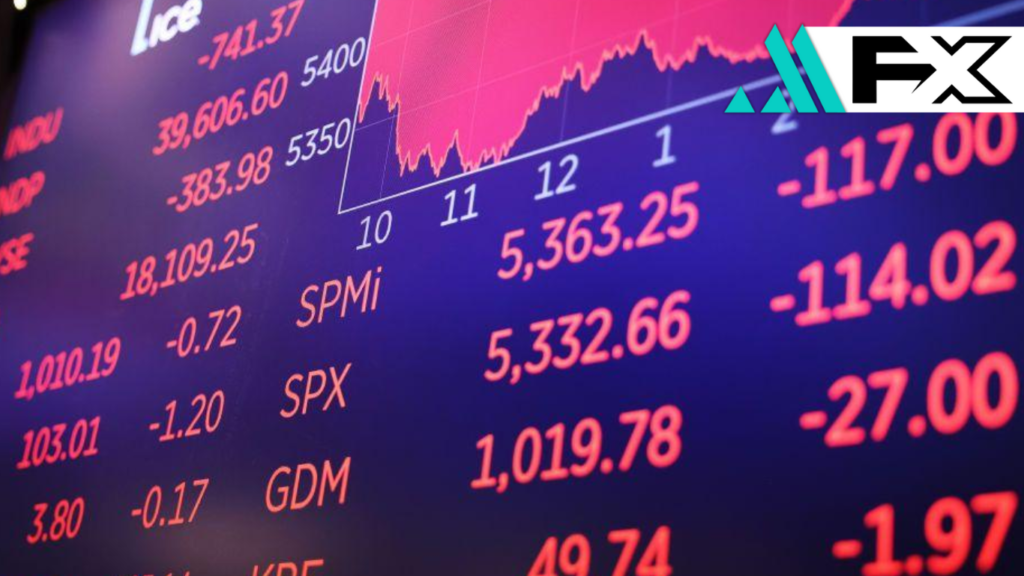A massive $6.6 trillion has been erased from global markets in the wake of U.S. President Donald Trump’s latest tariff wave, raising concerns of a financial meltdown reminiscent of Black Monday 1987. Within 48 hours of the announcement, the Dow Jones Industrial Average plunged 3,910 points, while the S&P 500 and NASDAQ lost nearly 6% each. The global ripple effect sent investors scrambling to reassess risk.
This sudden downturn has reignited fears of systemic vulnerability in an already fragile global economy. Financial experts and historians alike are drawing unsettling comparisons to the infamous crash on October 19, 1987, when the Dow sank 22.6% in a single session, triggering panic across global markets.
Understanding the Tariff Shock
President Trump’s newly announced tariffs, impacting imports from over 90 countries—including China, Japan, and the European Union—have rattled investor confidence. The aggressive move, dubbed “Liberation Day” by the White House, is designed to reduce America’s trade deficit. However, the market’s response has been swift and punishing.
Several factors are amplifying the economic uncertainty:
- Retaliatory Tariff Threats: China has warned of countermeasures that could escalate the trade war.
- Supply Chain Risks: U.S. multinationals reliant on foreign inputs face rising costs and operational bottlenecks.
- Investor Sentiment: Markets are pricing in higher volatility and potential recessionary pressures.
Jim Cramer of CNBC likened the market’s behavior to the precursors of the 1987 crash, stating, “When you see trillions vanish overnight, the risk of panic becomes very real.”
Wall Street Titans Feel the Heat
America’s wealthiest tech moguls have not been spared. Elon Musk saw $11 billion wiped from his net worth as Tesla stock tumbled. Jeff Bezos and Mark Zuckerberg also endured multi-billion-dollar losses. Meanwhile, Trump remained upbeat, calling the downturn “a correction on the way to greatness.”
Despite mounting losses, Trump insists that the tariffs are part of a necessary economic reset. “These are growing pains,” he posted on Truth Social. “The BIG, BEAUTIFUL DEAL is coming, and investors will thank me later.”
Looking Ahead: Crisis or Correction?
Parallels between Black Monday 1987 and today are not exact, but the market’s vulnerability to policy shocks remains unchanged. The world economy now faces additional burdens—post-pandemic instability, high inflation, and geopolitical unrest. Whether these pressures will culminate in another historic crash depends on how quickly tensions de-escalate.
For investors, the road ahead remains uncertain. Risk hedging, sector rotation, and short-term liquidity are now front and center.
Key Takeaways:
- $6.6 trillion in global value lost within 48 hours of tariff news.
- Dow’s worst 2-day drop since 2020.
- Billionaires lose billions; investors brace for more volatility.


